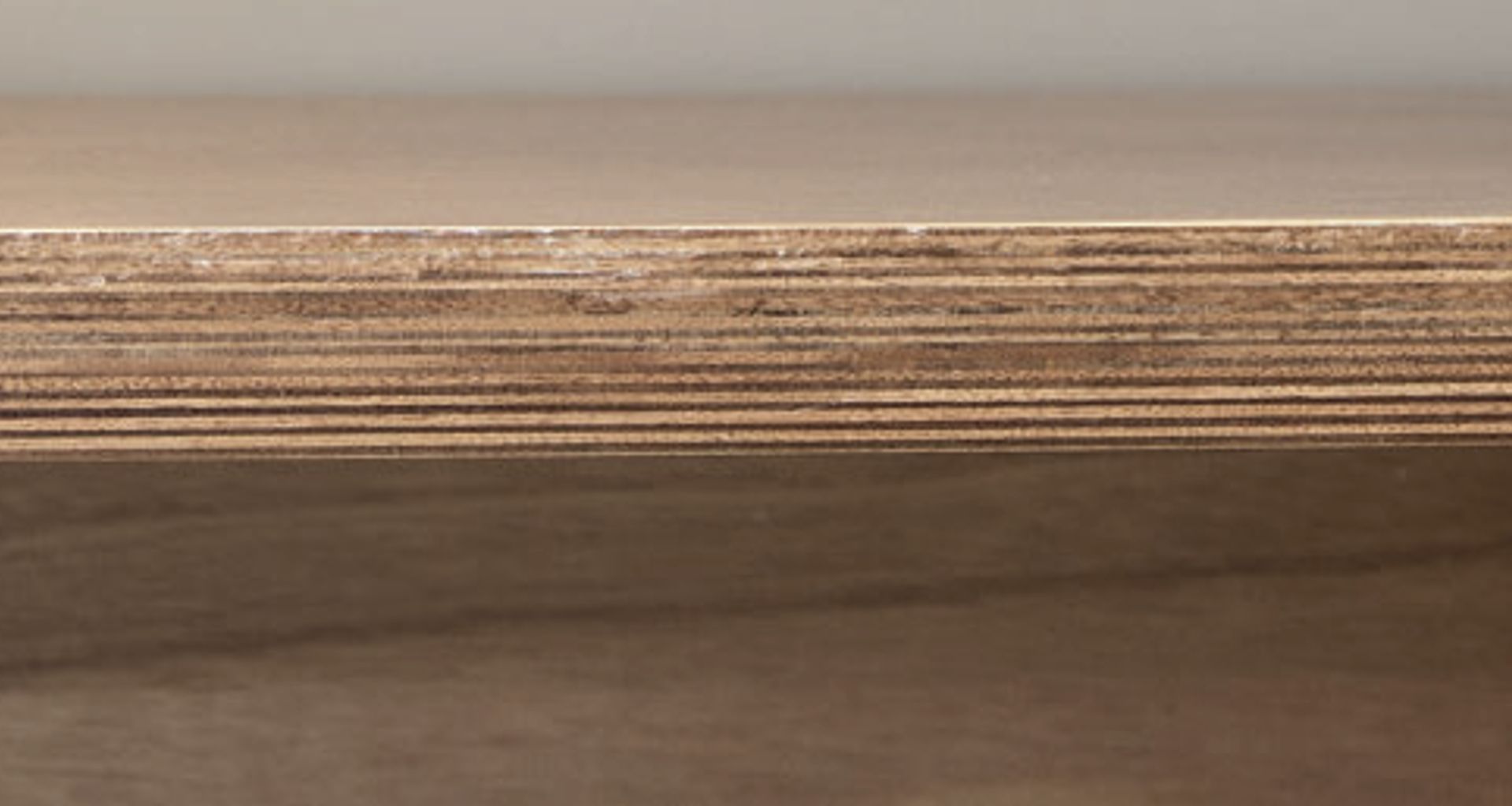Why Choose Plywood Over Other Types of Wood

Ply comes in a range of grades, enabling you to choose which type is best for your project. Lower grades of ply are typically used in construction for subfloors, while higher grades are smoother and have a higher aesthetic value. High-grade ply is more often used for decorative finishing.
Using plywood has several advantages over other types of wood materials. Here are some comparisons between plywood and different wood products, and why ply remains a popular wood.
Ply and MDF
Medium density fibreboard (MDF) is an engineered wood composite made up of wood fibres. MDF does not have a visible wood grain, knots or rings. Manufacturing the composite utilises fibres, glue and heat, resulting in a strong bonding board. MDF is denser than ply, making it a stronger material for building. MDF is one of many types of particleboard.
MDF tends to soak up water and other liquids, making the material swell. To prevent this, MDF needs to be well-sealed on every side and edge with paint, primer or other sealing products. Plywood, in contrast, is less prone to water damage. It will not absorb water or swell as rapidly as MDF does.
Due to its highly absorbent properties, MDF tends to soak up stains like a sponge, making it unsuitable for exteriors. Ply, on the other hand, is stainable, making it ideal for cabinetry, table tops or other projects that require a stained wood surface.
Ply and solid wood
Solid wood is a traditional structural material. The product is cut from quarter sections of tree trunks at various orientation to the tree rings, which create differing structural qualities. Wood is strong in compression and tension, bearing an average density of 450 kilogrammes per cubic metre.
Compared to particleboard and solid wood, plywood has the highest strength to weight ratio. If not properly designed, solid wood will weaken over time due to changes in atmospheric humidity. This does not occur in plywood materials.
Plywood's premium advantages over other types of wood
Plywood is a solid building material. The multiple layers of wood veneer, with the grain of each layer running in a different direction, make it stronger and more durable. Ply tends to hold screws very tightly. The different grains of wood on each layer provide the screws with something to hold on to.
Plywood is ideal for applications requiring sheet material that is not susceptible to cracking, shrinking or warping, such as cabinetry, desktops and storage solutions. Ply also works well for creating curved surfaces.
At Plymasters, we source the best plywood products available
For over a decade, Plymasters has served New Zealand as a leading plywood dealer. We also supply veneered boards, HPL panels and architectural linings.
We offer a range of materials that suits your company's requirements. Our products have been used for joinery, construction and furniture.
